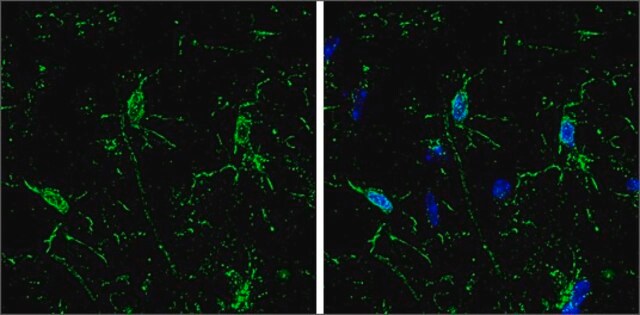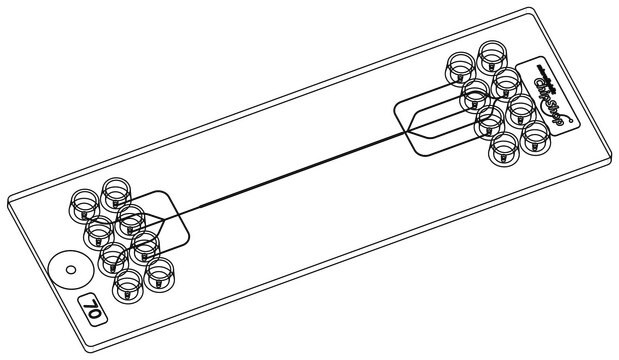AP192F
Donkey Anti-Mouse IgG Antibody, FITC conjugate, Species Adsorbed
Chemicon®, from donkey
About This Item
Produtos recomendados
fonte biológica
donkey
Nível de qualidade
conjugado
FITC conjugate
forma do anticorpo
affinity purified immunoglobulin
tipo de produto de anticorpo
secondary antibodies
clone
polyclonal
reatividade de espécies
mouse
fabricante/nome comercial
Chemicon®
técnica(s)
immunofluorescence: suitable
Condições de expedição
wet ice
modificação pós-traducional do alvo
unmodified
Categorias relacionadas
Descrição geral
Especificidade
Aplicação
Secondary & Control Antibodies
Secondary Antibodies Adsorbed for Dual Labeling
Optimal working dilutions must be determined by the end user.
forma física
RECONSTITUTION:
Reconstitute to 1 mg/mL with sterile distilled water.
F/P RATIO:
15 micrograms FITC per mg of antibody.
Armazenamento e estabilidade
Informações legais
Exoneração de responsabilidade
Não está encontrando o produto certo?
Experimente o nosso Ferramenta de seleção de produtos.
Frases de perigo
Declarações de precaução
Classificações de perigo
Aquatic Chronic 3
Código de classe de armazenamento
11 - Combustible Solids
Classe de risco de água (WGK)
WGK 3
Certificados de análise (COA)
Busque Certificados de análise (COA) digitando o Número do Lote do produto. Os números de lote e remessa podem ser encontrados no rótulo de um produto após a palavra “Lot” ou “Batch”.
Já possui este produto?
Encontre a documentação dos produtos que você adquiriu recentemente na biblioteca de documentos.
Nossa equipe de cientistas tem experiência em todas as áreas de pesquisa, incluindo Life Sciences, ciência de materiais, síntese química, cromatografia, química analítica e muitas outras.
Entre em contato com a assistência técnica








